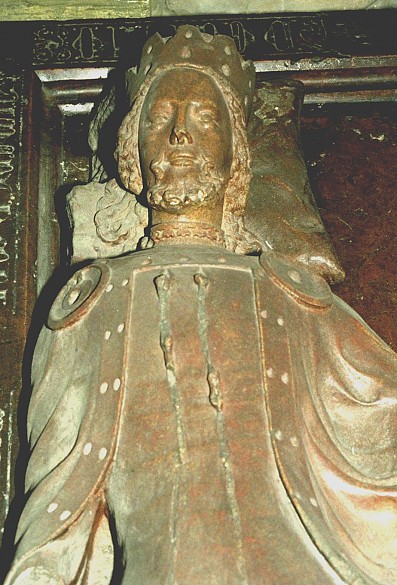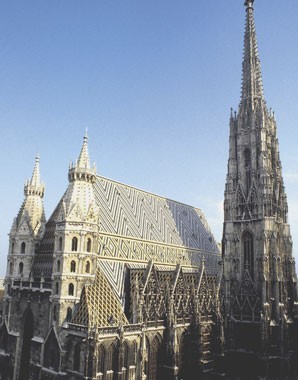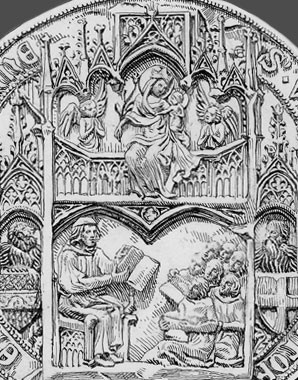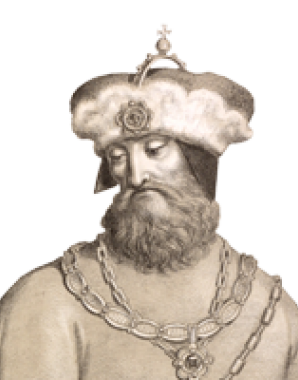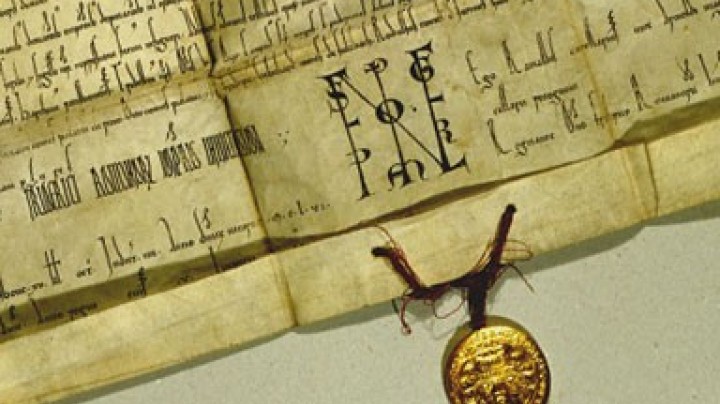Rudolf’s reign: brief but with lasting consequences
Although lasting only seven years, Rudolf’s reign was to have momentous consequences for the House of Habsburg. The expressions of Habsburg sovereignty such as the title of archduke established the special status of Austria within the Empire.
Rudolf also contributed to the consolidation of the Habsburg power base through territorial gains. With great vigour he set about acquiring Tyrol. He also harboured ambitious plans to extend his realms into Italy. However, his scheme of making himself king of Lombardy failed to progress beyond its initial stage.
He had more realistic chances in Swabia, as the Habsburgs possessed older rights there. Rudolf called himself governor general of Swabia and Alsace after he had been entrusted by Charles with the imperial bailiwick of Alsace. Rudolf had soon awarded himself the title of duke of Swabia and Alsace, initiating attempts to resurrect the duchy of Swabia that had vanished when the Hohenstaufen dynasty had become extinct. This scheme was promoted by the Habsburgs right into the Early Modern era, leading to confrontations with the Swiss Confederacy and the free imperial cities in the region, but was to be ultimately unsuccessful.
Rudolf promoted the expansion of the city of Vienna with lasting effect. Now the ruler’s residence and capital, it was to be enhanced in keeping with Rudolf’s high-flying plans. It was to be modelled on Prague, which under Rudolf’s father-in-law Charles IV had been extended into a medieval metropolis. Rudolf’s (ultimately unsuccessful) efforts to have Vienna made a bishopric were the starting gun for the monumental remodelling of St Stephen's Cathedral. Rudolf is also associated with the founding of the University of Vienna in 1365. It is on account of these initiatives that Rudolf received the byname of ‘the Founder’.
Rudolf’s life work of consolidating his family’s rank among the princes of the Empire was undermined by his younger brothers. As the eldest of the brothers and head of the dynasty, Rudolf concluded a treaty with Albrecht III and Leopold III in 1364 which stipulated that the territories were in principle indivisible and were to be ruled jointly, although the leading role was to be taken by the most senior male member of the dynasty. However, this arrangement was only to last for fifteen years before the brothers started dividing up the lands, something that was to encumber the house of Habsburg with several generations of intrafamilial conflict.
Rudolf did not live to witness this as he died at the age of only twenty-six in Milan, where he was seeking a bride for his brother with the ulterior motive of securing the acquisition of Tyrol through a dynastic marriage and asserting claims to territories in Friuli. Since Rudolf died without issue, his younger brothers inherited his titles.
Rudolf was interred in the ducal crypt in St Stephen’s Cathedral, where he is also commemorated by a cenotaph in the main chancel, which however has never held his remains. Above this tomb hung a specially commissioned portrait of Rudolf which is regarded as one of the earliest ‘modern’ portraits in the history of European art.
